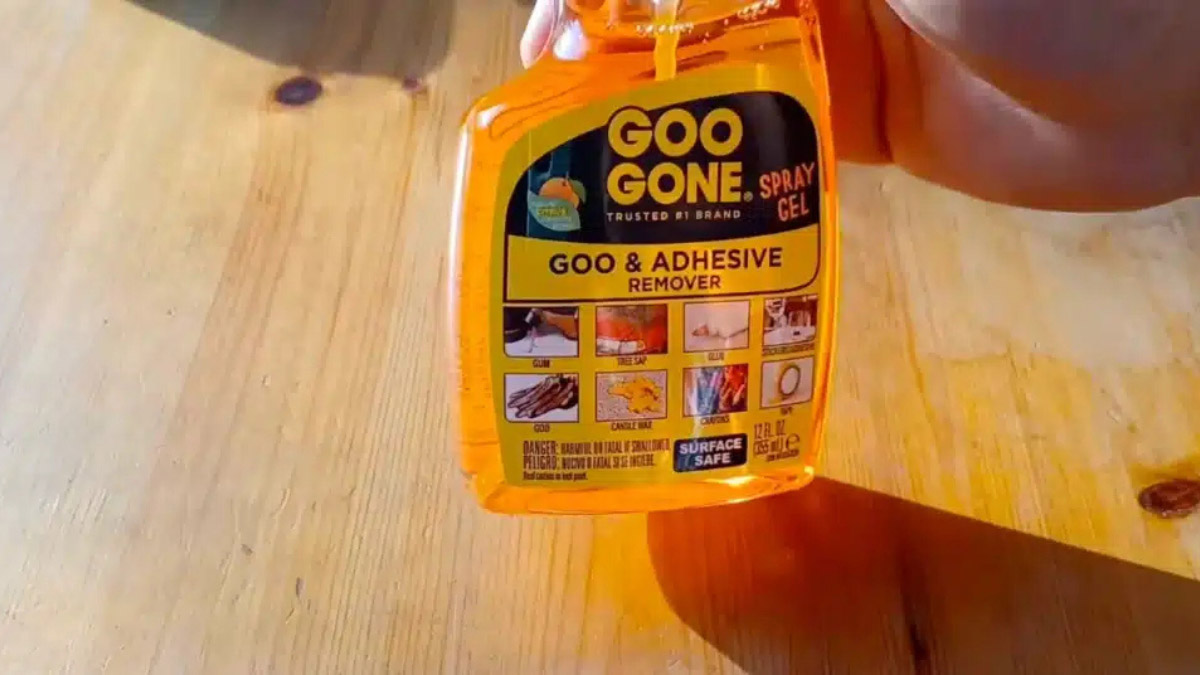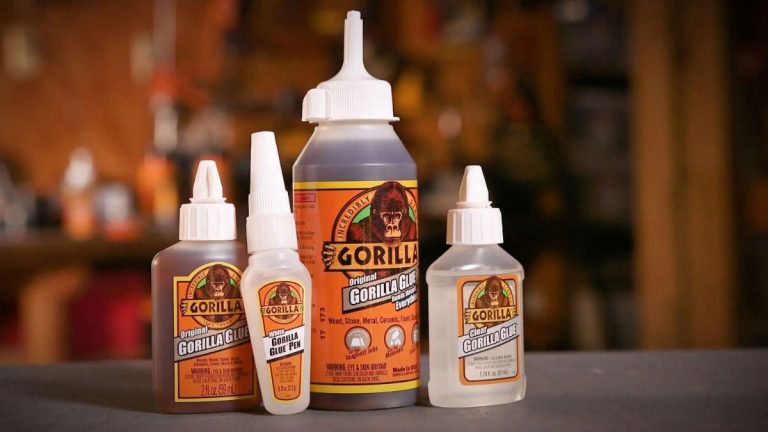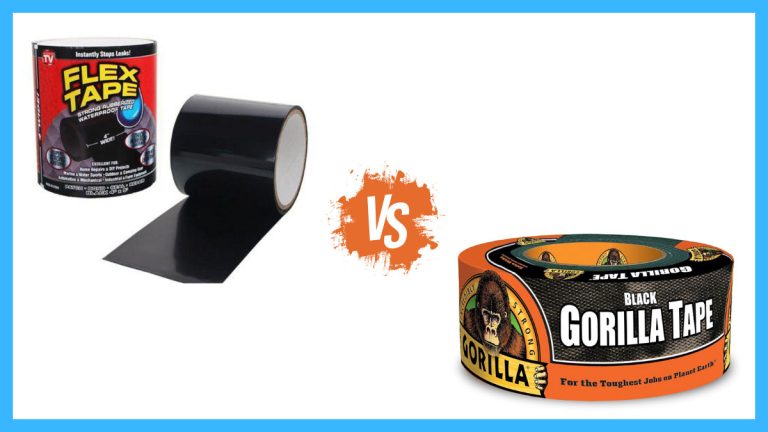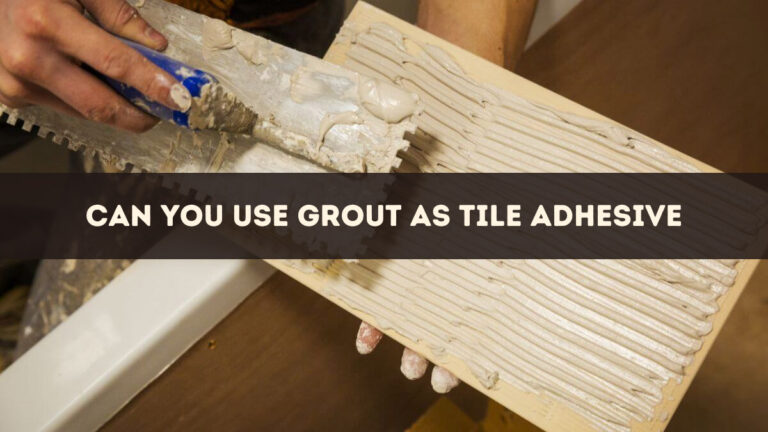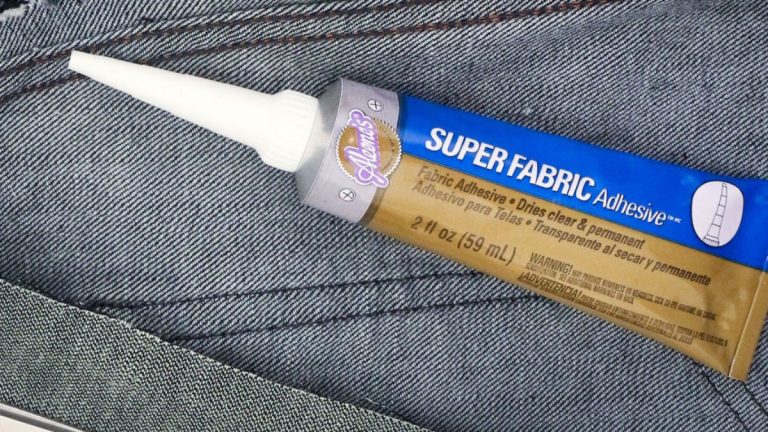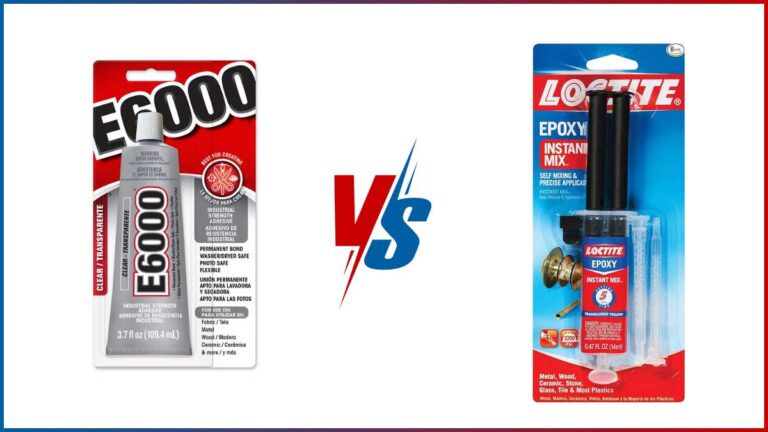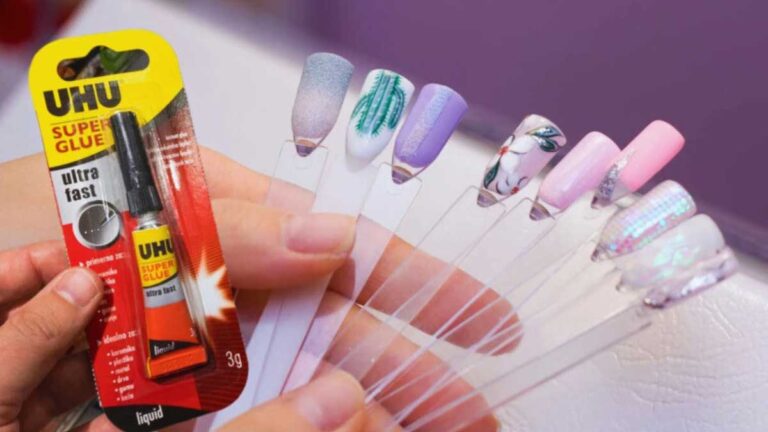Can You Use Goo Gone on Wood? Safety Tips and Best Practices
Got a sticky mess on your wooden furniture or floors? You might be wondering if Goo Gone, the popular adhesive remover, is safe to use on wood surfaces. With its reputation for tackling tough residues, it’s tempting to reach for that bottle and start scrubbing. But before you do, it’s crucial to understand how this powerful cleaner interacts with wood.
Using the wrong product can cause damage, stripping away finishes or leaving unsightly marks. In this text, we’ll explore whether Goo Gone is a friend or foe to your wooden treasures and offer tips for safe and effective use. Let’s immerse and ensure your wood stays in pristine condition while you banish that gunk for good.
Key Takeaways
- Effectiveness: Goo Gone is effective at removing sticky residues, adhesives, and other substances from finished wood surfaces, especially those with polyurethane-based finishes.
- Safety Precautions: It is safe to use Goo Gone on finished wood if tested in an inconspicuous area first, but it is not recommended for use on unfinished wood due to potential oily residue.
- Application Process: For successful adhesive removal, apply Goo Gone directly to the residue, let it sit for 3-5 minutes, and then wipe clean with a cloth.
- Ventilation: Ensure you work in a well-ventilated area when using Goo Gone to avoid inhaling fumes from solvents like mineral spirits and acetone.
- Alternative Methods: In cases where Goo Gone is not suitable, consider using natural solutions like soap and warm water or other commercial alternatives like citrus-based cleaners.
Overview Of Goo Gone
Goo Gone is a widely-used adhesive remover designed to clean sticky residues from various surfaces. Its formulation includes citrus power, allowing it to tackle tough substances effectively without harsh chemicals. Understanding how Goo Gone interacts with different surfaces is key for safe and efficient use.
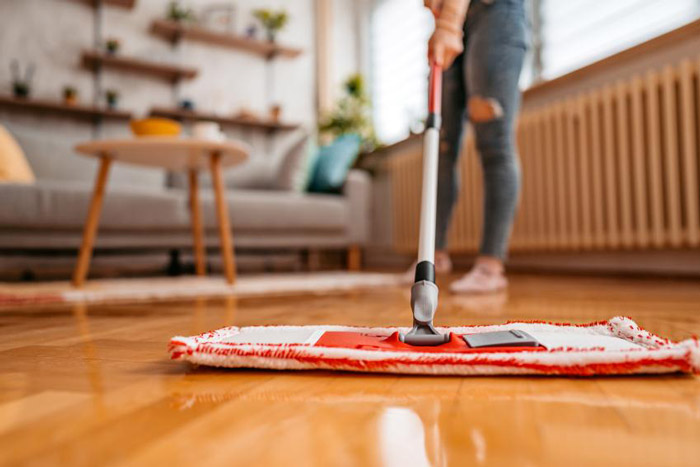
Key Terms:
Adhesive Remover: A substance used to dissolve and remove sticky residues such as glue, tape, or stickers.
Citrus Power: Extracts from citrus fruits providing natural cleaning properties, found in Goo Gone.
Polyurethane-Based Finishes: Protective coatings often applied to wood for durability and gloss.
Safety and Precautions:
- Finished Wood: Goo Gone can be used on finished wood if first tested in an inconspicuous area to ensure it doesn’t damage the finish. It generally works well on polyurethane-based finishes but may seep into cracks or separated veneer, potentially causing staining.
- Unfinished Wood: Not recommended for use on unfinished wood, as Goo Gone can leave an oily residue that may interfere with the adhesion of glue or other finishes.
Steps for Removal:
- Apply Goo Gone: Pour Goo Gone Original liquid directly onto the glue or adhesive.
- Allow to Sit: Let it soak for 3-5 minutes to break down the adhesive.
- Wipe Clean: Use a clean, white cloth to wipe away the glue. For tougher residues, a putty knife or Goo Gone Sticker Lifter may be necessary.
| Aspect | Finished Wood | Unfinished Wood |
|---|---|---|
| Safety | Test in inconspicuous area first | Not recommended |
| Potential Risks | Seepage into cracks, staining | Oily residue, interferes with glue |
| Effective On | Polyurethane-based finishes | Not applicable |
| Application | Goo Gone Original liquid | Not applicable |
Understanding how to use Goo Gone properly ensures you can maintain the integrity of your wood surfaces while effectively removing unwanted adhesives. Always perform a test spot and follow these guidelines for optimal results.
Potential Benefits For Wood
Understanding the benefits of using Goo Gone on wood helps ensure you use this adhesive remover effectively while preserving the integrity of your wooden surfaces.
Adhesive Removal
Goo Gone effectively removes various adhesives, including glue, stickers, and other sticky substances from wood surfaces. Its citrus-based formula breaks down adhesives, making them easier to wipe away. For instance, if you’ve got an old sticker on a wooden dresser, Goo Gone simplifies the removal process without the need for scraping, which could damage the wood.
Versatility
You can use Goo Gone on different types of wood, including both finished and unfinished wood. This versatility makes it a practical choice for various wood restoration projects. Whether dealing with a polished wooden table or an unvarnished wooden frame, Goo Gone provides an adaptable solution.
Ease of Use
Applying Goo Gone is straightforward and requires minimal effort. Simply follow these steps:
- Application: Apply the Goo Gone directly to the adhesive or sticky substance.
- Waiting: Allow it to sit for a few minutes; this soaking time helps break down the adhesive.
- Wiping: Use a clean cloth to wipe away the dissolved adhesive, ensuring the wood surface remains intact.
By following this process, you achieve effective adhesive removal without the need for intense labor or additional cleaning agents.
Usage Data
For a clearer understanding of its effectiveness, refer to the data about Goo Gone’s capabilities:
| Feature | Compatibility | Effectiveness |
|---|---|---|
| Adhesive Types | Glue, stickers, tape | High |
| Wood Types | Finished, unfinished | High (with precautions) |
| Ease of Use | Application, waiting, wiping | Straightforward |
By focusing on the benefits and following the recommended steps for usage, you harness Goo Gone’s full potential while maintaining the quality of your wooden surfaces.
Steps To Use Goo Gone On Wood
Using Goo Gone on wood can remove adhesives effectively without harming the finish when done correctly. Follow these steps to ensure optimal results.
Spot Testing
Before applying Goo Gone to an entire surface, test it on an inconspicuous area. This helps ensure it doesn’t damage the wood finish, which is particularly crucial for unfinished or sensitive wood surfaces.
- Choose a hidden spot: Identify an area on the wood surface that is not immediately visible.
- Apply a small amount: Use a Q-tip or a small cloth to apply a tiny amount of Goo Gone.
- Wait and observe: Allow it to sit for a few minutes, then wipe it off and check for any damage or discoloration.
Ventilating The Area
Goo Gone contains solvents like mineral spirits and acetone, which can release fumes. To protect yourself from inhaling these fumes, work in a well-ventilated area.
- Open windows and doors: Ensure proper airflow by opening windows and doors in the room.
- Use fans if needed: If ventilation is poor, use fans to circulate air and expel fumes.
- Take breaks: Avoid prolonged exposure by taking regular breaks if you’re working for an extended period.
Application Process
For removing adhesives and stickers, follow these steps for effective application:
- Apply Goo Gone: Spray or pour Goo Gone Original directly onto the adhesive or sticky residue.
- Allow it to Sit: Let it sit for 3-5 minutes, allowing the solvent to break down the adhesive.
- Wipe Clean: Use a clean, white cloth to wipe away the adhesive residue.
These steps ensure you can remove adhesives from wood without causing damage. Always remember to test first and work in a well-ventilated area to maintain safety and achieve the best results.
Considerations And Precautions
Using Goo Gone on wood can be tricky, but certain precautions can help you avoid damage and ensure effective results.
Types Of Wood And Finishes
Before you use Goo Gone on wood, it’s important to understand the different types of wood and finishes it can affect.
- Finished Wood: Goo Gone can safely be used on finished wood, including surfaces with a polyurethane finish. This includes furniture, tables, and other finished wood items. Always test in a hidden spot first.
- Unfinished Wood: You shouldn’t use Goo Gone on unfinished wood. It can leave an oily residue which interferes with future finishes or adhesives. This makes it unsuitable for raw or bare wood.
Potential Hazards
Identifying potential hazards of using Goo Gone on wood helps prevent unintended damage.
- Testing: Always test Goo Gone on an inconspicuous area first to ensure it doesn’t harm the surface. Apply a small amount, wait a few minutes, and check for any adverse effects.
- Surface Damage: Unfinished wood is particularly vulnerable to damage from Goo Gone. It can absorb the product more readily, leading to oily buildup or surface weakening.
- Finish Compatibility: Even with finished wood, if the finish is weak or compromised, Goo Gone might strip it away. Use with caution on surfaces with a polyurethane finish only if it’s in good condition.
Taking these considerations and precautions helps maintain the quality of your wood surfaces while effectively removing sticky residues. Always approach each type of wood with proper knowledge and care.
Alternatives To Goo Gone For Wood Surfaces
When Goo Gone isn’t the preferred choice for removing adhesive residues from wood surfaces, there are several alternative methods that can be just as effective. These alternatives can include natural solutions and commercial products.
Natural Solutions
Soap and Warm Water:
- Description: Combining mild soap with warm water effectively cleans wood without harmful residues.
- Application:
- Mix a small amount of mild soap with warm water.
- Apply the solution to the residue with a soft cloth.
- Gently scrub the area until the residue loosens.
Acetone:
- Description: Acetone, a common solvent, can remove oily residues but requires careful use to avoid damaging wood finishes.
- Application:
- Dampen a cloth with acetone.
- Lightly rub the residue.
- Immediately wipe the area with a clean, damp cloth.
- Dry thoroughly.
Commercial Alternatives
Citrus-Based Cleaners:
- Description: These cleaners, made from natural citrus oils, dissolve adhesives without leaving strong residues.
- Application:
- Apply the cleaner according to the product’s instructions.
- Let it sit for a few minutes.
- Wipe off with a damp cloth.
- Description: Products like Goof Off and De-Solv-It specifically target adhesives and are designed for use on multiple surfaces, including wood.
- Application:
- Test the product in an inconspicuous area first.
- Follow the product-specific instructions.
- Usually involves applying the product, waiting a short period, and wiping away the residue.
These alternatives offer you various options to safely clean wood surfaces without relying solely on Goo Gone. Always check the manufacturer’s guidelines for each product to ensure compatibility with your specific wood type.
Conclusion
Using Goo Gone on wood can be both effective and safe if you follow the right steps and precautions. Always test the product in a hidden area first to ensure it won’t damage your wood’s finish. Remember to work in a well-ventilated space and avoid using Goo Gone on unfinished wood to prevent oily residues. If you’re unsure or dealing with delicate surfaces, consider alternative adhesive removers that are gentler on wood. By taking these measures, you can confidently tackle sticky residues without compromising the integrity of your wooden furniture and floors.
Frequently Asked Questions
Can Goo Gone be safely used on wooden furniture?
Yes, Goo Gone can be used on finished wooden furniture if tested in an inconspicuous area first. However, it is not recommended for use on unfinished wood due to the risk of leaving an oily residue.
Will Goo Gone damage the finish on wooden floors?
Goo Gone is generally safe for finished wood floors. Always perform a spot test in an inconspicuous area to ensure it does not strip or damage the finish.
How do I apply Goo Gone to wood surfaces?
Apply Goo Gone directly to the adhesive, let it sit for 3-5 minutes, then wipe it clean with a cloth. Ensure you work in a well-ventilated area due to the fumes.
Can Goo Gone be used on unfinished wood?
No, Goo Gone should not be used on unfinished wood as it can leave an oily residue and potentially damage the wood.
Are there natural alternatives to Goo Gone for removing adhesives from wood?
Yes, natural alternatives include a mixture of mild soap and warm water or using acetone. These can effectively clean adhesive residues without the risk of harmful residues.
What precautions should I take when using Goo Gone on wood?
Always test Goo Gone in an inconspicuous area first, use it in a well-ventilated space, and avoid using it on unfinished wood to prevent damage and oily residue.
Is Goo Gone effective for removing tree sap from wooden surfaces?
Yes, Goo Gone can effectively remove tree sap from wooden surfaces. Always test on a small, hidden area first to ensure compatibility.
Can Goo Gone be used to remove glue and stickers from wood?
Yes, Goo Gone is effective at removing glue and stickers from both finished and unfinished wood. Be sure to test in an inconspicuous spot first.

